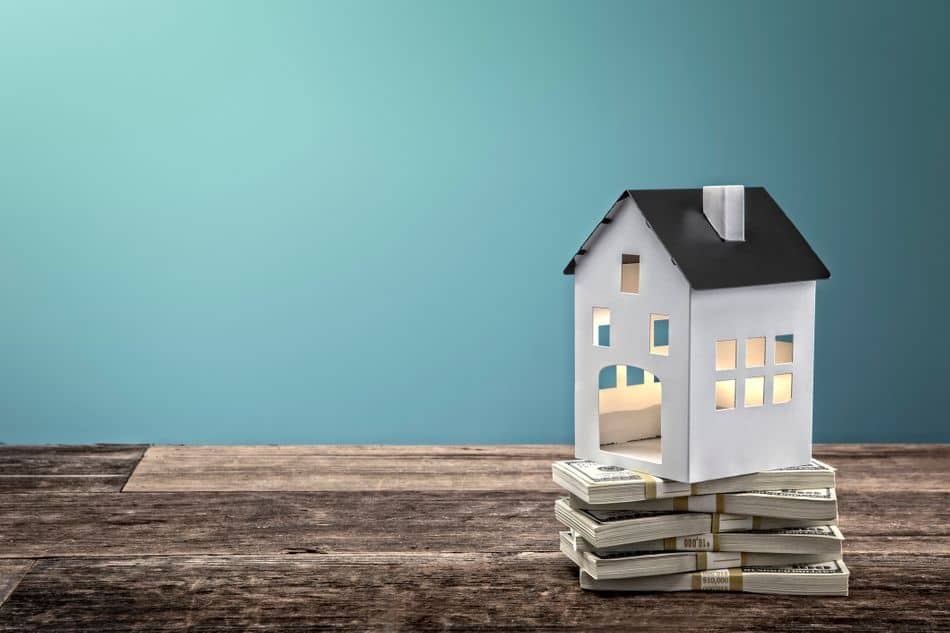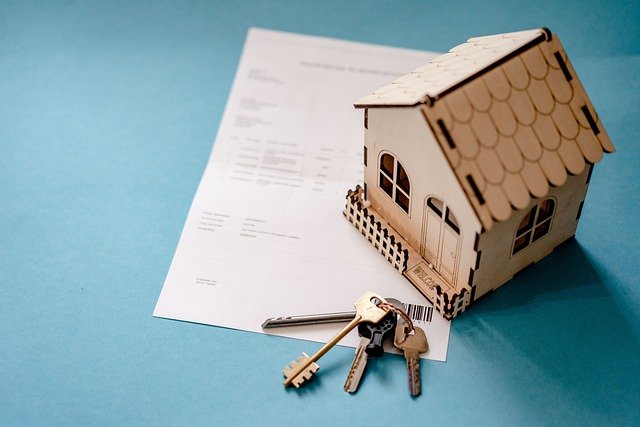
The 80-10-10 mortgage is a type that allows borrowers without a 20% down payment to skip PMI. They are also able to purchase a very expensive home without needing to obtain a large loan. It is not possible to have two mortgages on the same loan.
Piggyback loans
Piggyback mortgages are a type if mortgage that allows you a lower downpayment for your new property. The 80-10-10 loan requires only a 10% down payment, which is lower than other types of mortgages. You may also have to pay mortgage insurance. But if you have good credit and don't mind the added cost, then this mortgage loan is a great option.
A piggyback loans consists of two kinds of liens. One is a fixed interest mortgage covering upto 80% of the purchase price of the home, and the other is a home-equity line of credit (HELOC). Home equity lines are credit cards that can be used at any time. However, they do not have an interest rate and are not subject to repayment.
Jumbo loans
Lenders can borrow 80-10-10 loans to buy larger homes for a smaller downpayment. They can avoid the rigid guidelines associated with jumbo loans by using this loan. Their monthly payment will drop significantly as they no longer have to pay 20% on top of the total home value. These loans are great for those who are in financial difficulty or cannot afford the higher down payments required for conventional loans.

The loan limits on jumbo loans can vary depending on the lender. However, they usually exceed $647,000. The limit for Hawaii and Alaska is even higher, at $970,800.
80 10 10 loans
If you're in the market for a high-priced home and don't have a lot of money to put down, you may want to check out an 80/10/10 loan. These loans allow you borrow up to 80% of your purchase price. However, a small downpayment of 10% is required. They don't require mortgage insurance.
These loans are an attractive option for homeowners looking to avoid jumbo debt, reduce PMI, or buy a house after selling their old one. These loans are essentially piggyback loans. While there are a few variations to this loan, the basic concept is the same. You will take out two loans. One for your new house and one to pay off your existing one. You then pay off the second loan by combining the first. The upside to this type of loan is that you can buy a higher-priced home and avoid paying PMI.
Rural Housing Loans
Rural housing loans are an excellent way to buy a new house. These loans are backed by the USDA, and are ideal for homebuyers with low income. This government program provides low interest rates and zero down payments. It helps homebuyers navigate the application process and determine eligibility requirements. It also provides refinance options for qualified loans.
There are many reasons rural housing loans could be used. They are available to buyers who want to purchase their first or next home. An FHA mortgage is only 3.5% of the purchase price. This allows low-income buyers to get a lower mortgage payment.

USDA loans
If you are in need of a zero-down home loan, then you might want to consider a USDA 80-10-10 loan. This loan is only available to low and moderate-income households. However, you will have to meet certain income and property requirements in order to qualify. If you meet these requirements, you should be able to purchase a home.
This loan program provides a variety options, including self serviced loans and bank owned loans. Since these loans are backed by the USDA, you can be assured of getting a low-interest rate and a flexible payment schedule. The loan programs require zero down payments and can be repaid within 33 to 38 Years, depending on income.
FAQ
Should I use a broker to help me with my mortgage?
Consider a mortgage broker if you want to get a better rate. A broker works with multiple lenders to negotiate your behalf. Some brokers do take a commission from lenders. Before you sign up for a broker, make sure to check all fees.
How can I calculate my interest rate
Market conditions can affect how interest rates change each day. The average interest rate for the past week was 4.39%. Divide the length of your loan by the interest rates to calculate your interest rate. If you finance $200,000 for 20 years at 5% annually, your interest rate would be 0.05 x 20 1.1%. This equals ten basis point.
Are flood insurance necessary?
Flood Insurance covers flooding-related damages. Flood insurance protects your belongings and helps you to pay your mortgage. Learn more about flood coverage here.
Statistics
- When it came to buying a home in 2015, experts predicted that mortgage rates would surpass five percent, yet interest rates remained below four percent. (fortunebuilders.com)
- This means that all of your housing-related expenses each month do not exceed 43% of your monthly income. (fortunebuilders.com)
- Private mortgage insurance may be required for conventional loans when the borrower puts less than 20% down.4 FHA loans are mortgage loans issued by private lenders and backed by the federal government. (investopedia.com)
- The FHA sets its desirable debt-to-income ratio at 43%. (fortunebuilders.com)
- This seems to be a more popular trend as the U.S. Census Bureau reports the homeownership rate was around 65% last year. (fortunebuilders.com)
External Links
How To
How to find an apartment?
Moving to a new place is only the beginning. This process requires research and planning. This involves researching neighborhoods, looking at reviews and calling people. While there are many options, some methods are easier than others. Before renting an apartment, it is important to consider the following.
-
Data can be collected offline or online for research into neighborhoods. Online resources include Yelp. Zillow. Trulia. Realtor.com. Online sources include local newspapers and real estate agents as well as landlords and friends.
-
Read reviews of the area you want to live in. Yelp. TripAdvisor. Amazon.com have detailed reviews about houses and apartments. Local newspaper articles can be found in the library.
-
Call the local residents to find out more about the area. Talk to those who have lived there. Ask them about their experiences with the area. Ask them if they have any recommendations on good places to live.
-
Be aware of the rent rates in the areas where you are most interested. Renting somewhere less expensive is a good option if you expect to spend most of your money eating out. However, if you intend to spend a lot of money on entertainment then it might be worth considering living in a more costly location.
-
Find out all you need to know about the apartment complex where you want to live. It's size, for example. How much is it worth? Is it pet friendly What amenities does it offer? Are there parking restrictions? Are there any special rules that apply to tenants?